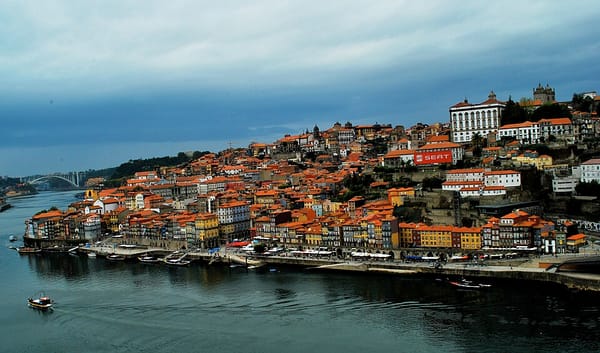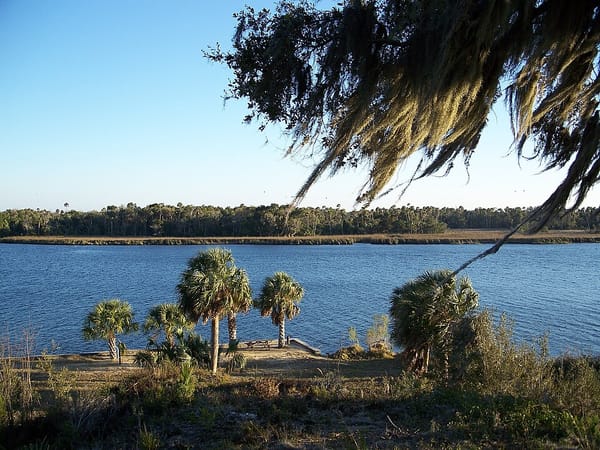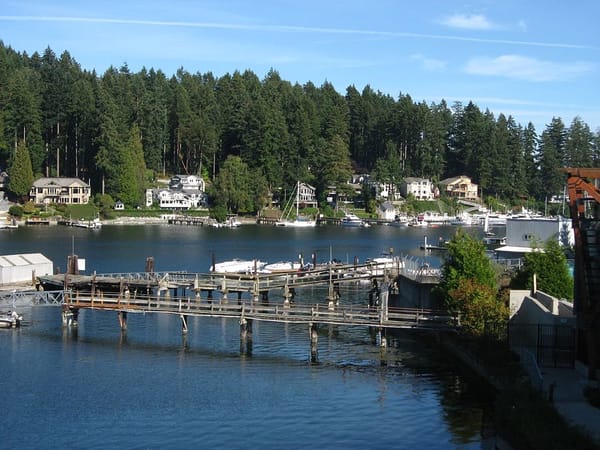Adventures in Boating: All About Canal Locks and Locking Through
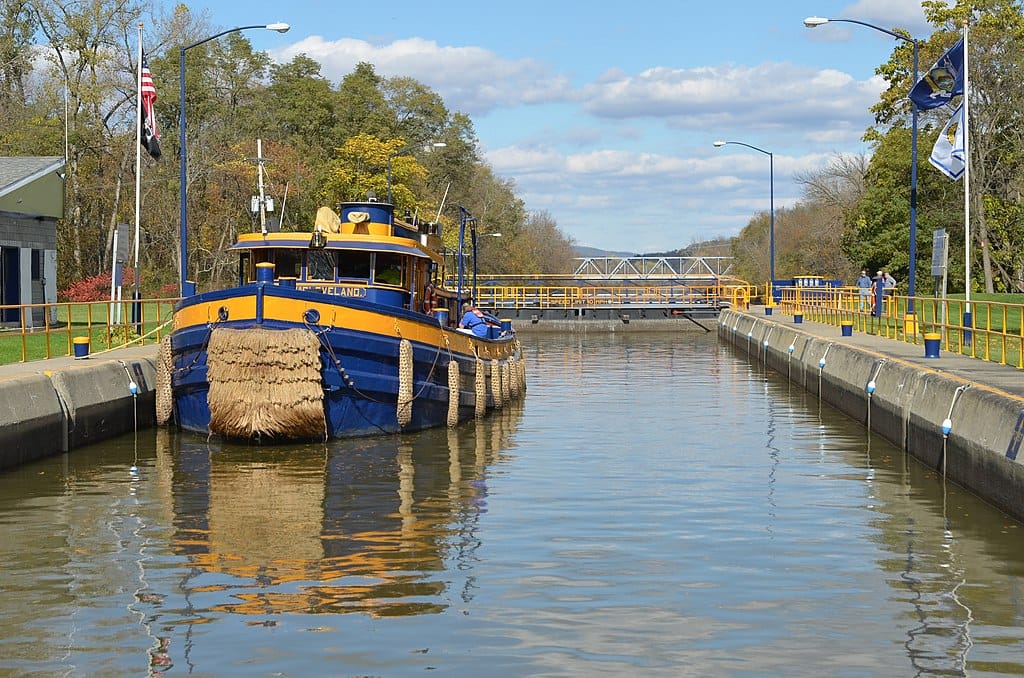
From the Erie Canal and the Tennessee-Tombigbee Waterway to the Panama Canal and scenic waterways across Europe, canal locks are a unique and convenient mode of transport. Not familiar with the system of locks? Let’s discuss.
Put simply, locks are like an elevator for boats (a box of water, of sorts). Locks raise and lower boats and ships between stretches of water. The boat sails into a fixed chamber (the box) with a gate at each end. The water can be filled in at varied levels. Unlike a boat lift, such as at a private boat lift rental, the chamber itself is what rises (rather than the boat being lifted out of the water) along with the water. Before the cuddy cabin, trawler or sailboat enters, the lock is nearly empty, then the water fills up and you can cruise on out.
The chamber that holds the water is made of metal, stone or brick. The lock is operated by water pressure and user elbow grease. Some locks are only wide enough for one boat, and others can hold two boats side by side. Most U.S. locks are operated by a designated official, but many of the ones in Europe are designed to be opened and closed by the boater.
Locks make a river easier to navigate and allow the canal to cross uneven land. Since the water level can be controlled, this allows boats to go up and over hills and even land. How cool is that?
The Erie Canal
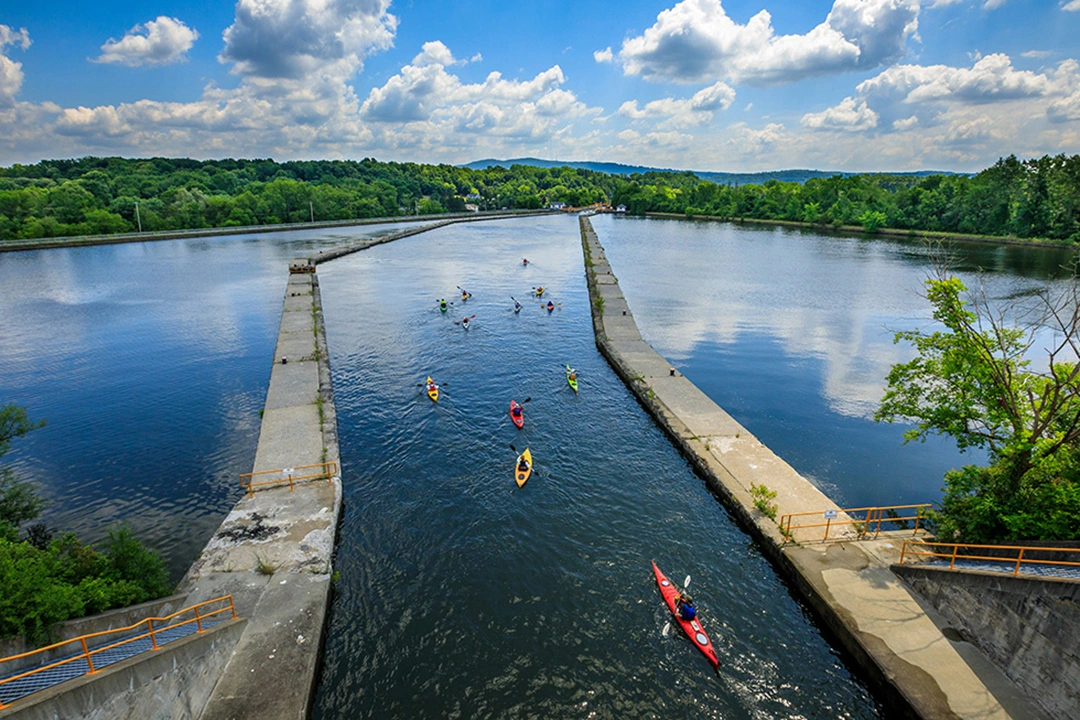
Photo: National Heritage Corridor (Facebook)
Completed in 1825, the Erie Canal runs east to west between the Hudson River and Lake Erie. Designed for commerce purposes, it was the first navigable waterway to connect the Great Lakes to the Atlantic Ocean. This allowed for a less expensive and quicker transport of goods (and people) across the mountains. These days, it’s used more for recreational boating, such as boaters traveling the Great Loop from private boat lift rentals or marinas.
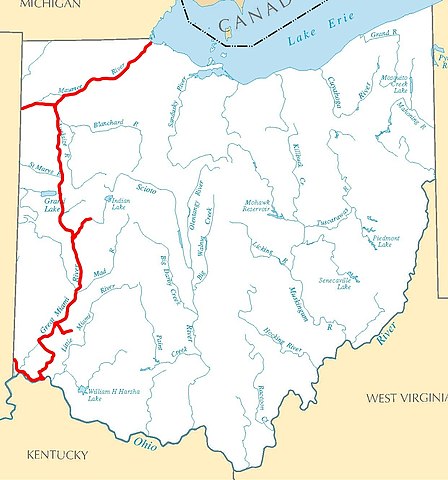
Photo: Wikimedia
The Erie Canal connects three waterways within the New York State Canal System (the Oswego, the Cayuga-Seneca and the Champlain). You’ll find marinas, yacht basins and small waterways along the route. There are a total of 57 locks and 17 lift bridges on the Erie Canal. Most of the canals are 328 feet long and 45 feet wide, plenty large enough for boaters traveling from private boat slips for rent.
The Tennessee-Tombigbee
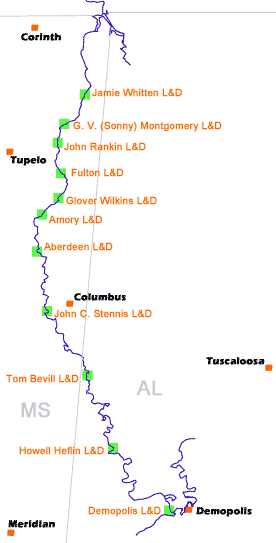
Photo: Wikimedia (Public Domain)
The Tennessee-Tombigbee (also known as the Tenn-Tom) is a 234-mile waterway. It flows from the Tennessee River to the Black Warrior-Tombigbee River near Demopolis, Alabama at the Gulf of Mexico. Completed in 1984, many boaters on a Great Loop excursion take the Tenn-Tom as an alternative to the Mississippi River (which has a lot of barge traffic).
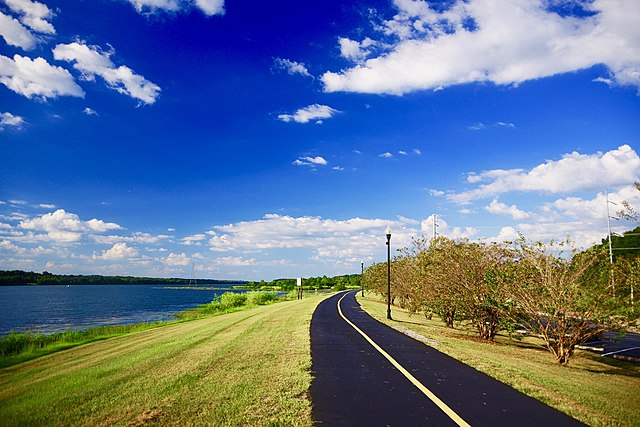
Photo: Brian Stansberry (Wikimedia/CC)
There are 10 locks on the waterway, including the Jamie Whitten Lock and Dam, the Tom Bevill Lock and Dam and the Armory Lock. These locks connect waterways like Gainesville Lake, Columbus Lake and Bay Springs Lake.
The Panama Canal
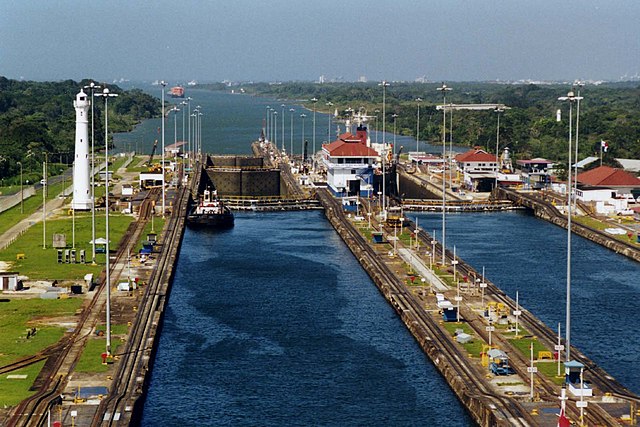
Photo: Wikimedia
While not in the U.S., the Panama Canal is probably the one most minds lean to when hearing the word canal. Originally opened in 1914, it connects the Atlantic Ocean to the Pacific Ocean across Panama. It runs for approximately 50 miles and has 12 locks.
Other canal locks include:
- Coteau-du-Lac Canal National Historic Site – Quebec, Canada
- The Trent Severn Waterway – Ontario, Canada
- Ballard Locks - Washington state
- Welland Canal Locks – Ontario, Canada
- The Seaway Canals - Ontario, Canada
There were two lock systems in Oregon - Cascade Locks Marine Park (the Columbia River) and Willamette Falls Navigation Canal and Locks, Oregon (the Willamette River) - that are now closed.
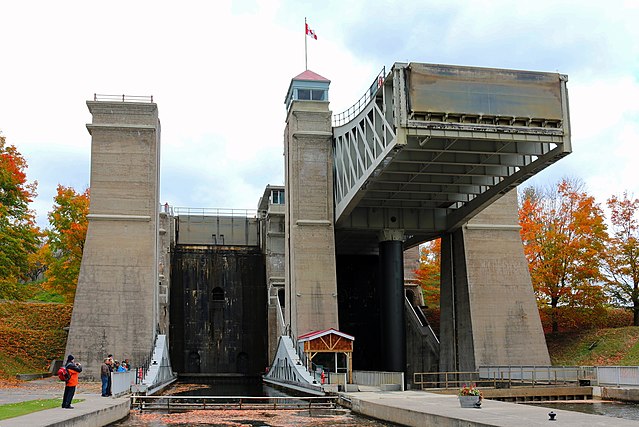
Photo: Wikimedia (Trent Severn Waterway)
Locking Through a Canal Lock
There are several steps to get through a lock on a boat (known as locking through). Before you leave a private boat dock rental, you’ll want to have a boat pole, hook or paddle to push off from the sides of the canal lock as well as gloves, long dock lines and boat fenders to provide protection from bumping against the sides. When you first enter the lock, there won’t be much water in it. It will slowly fill up, allowing the boat to rise and then the boater can sail on through.
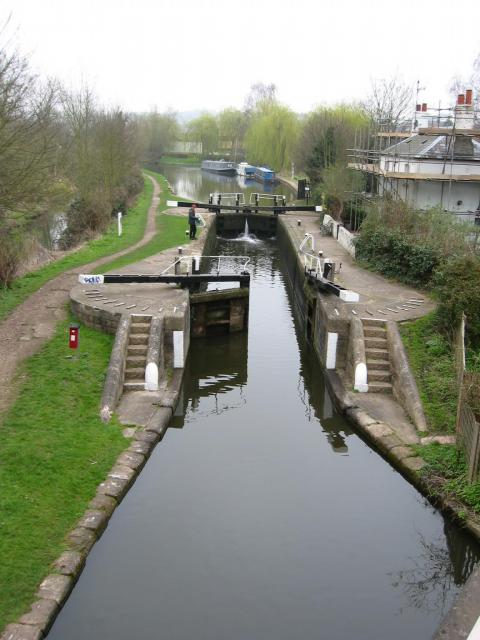
Photo: Wikimedia
To put it into basic steps:
- Alert the lock operator by radio or a signal of three horn blasts
- Wait for the green light
- Keep clear of the opening gates
- Sail into the lock
- Wait for the green light signaling that it’s okay to leave
We hope you've discovered some interesting facts about canal systems. Before you leave a private boat dock rental, read up a bit on canal locks to familiarize yourself and keep the stress to a minimum. After a time or two, you’ll be a pro. Happy boating!
